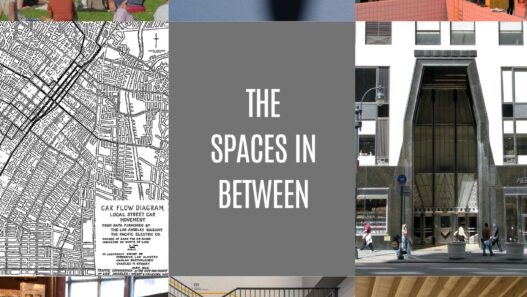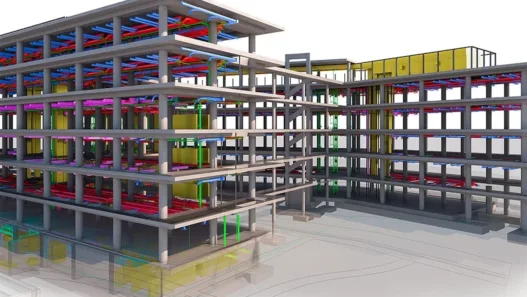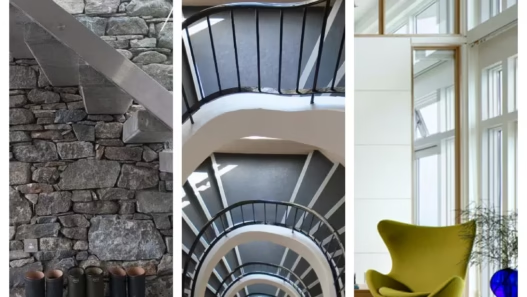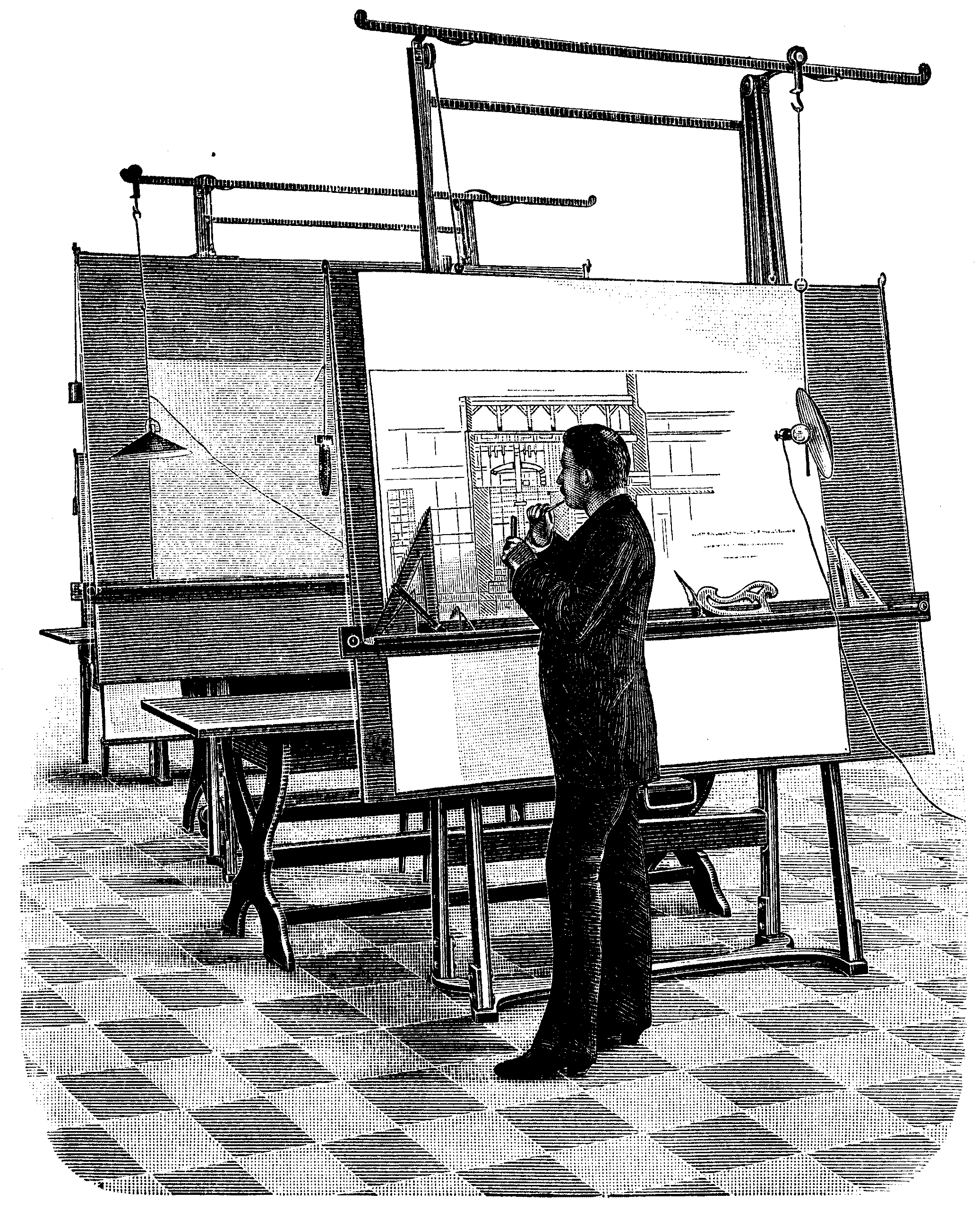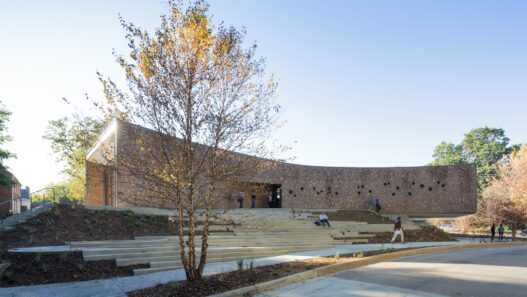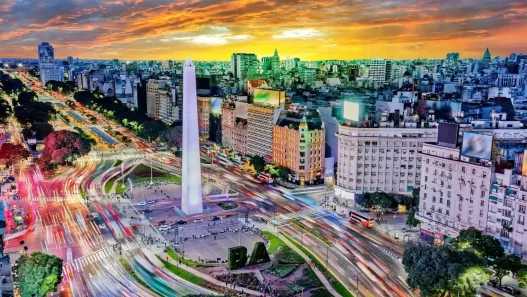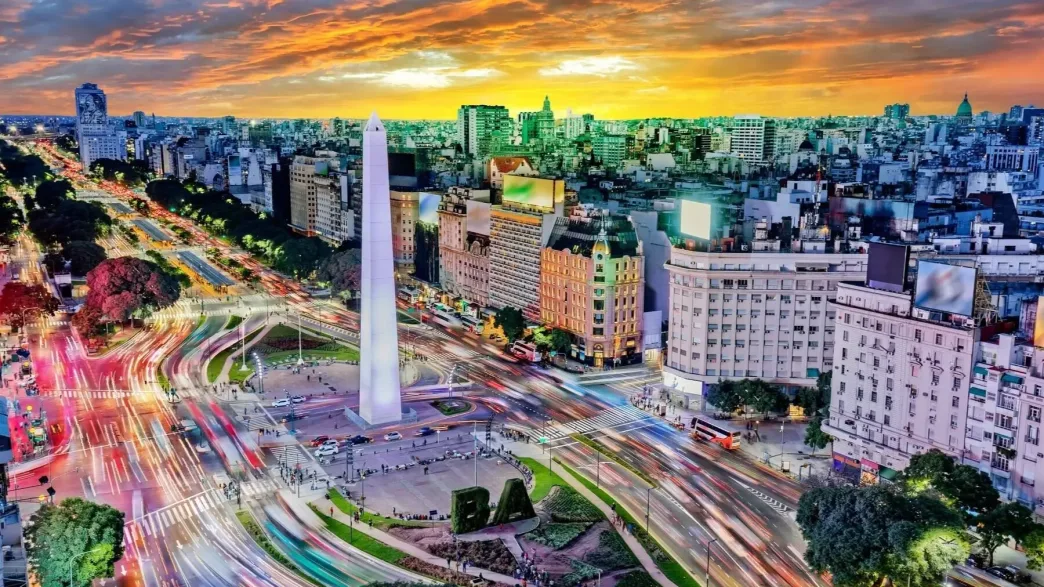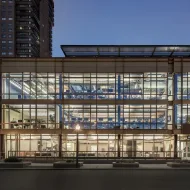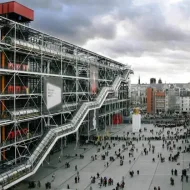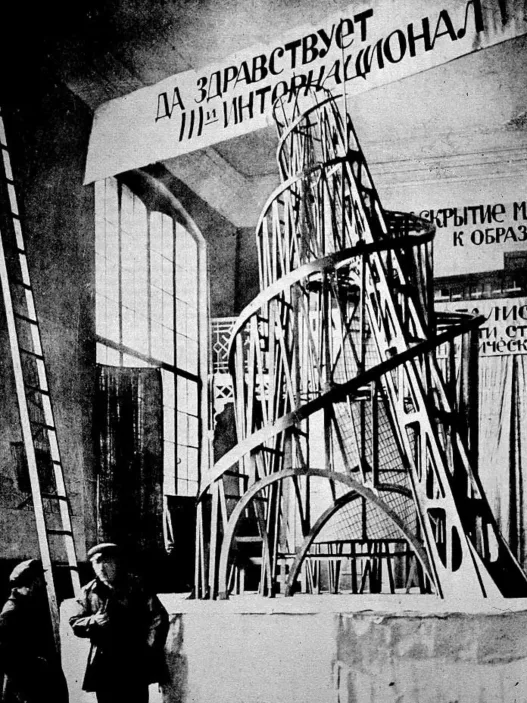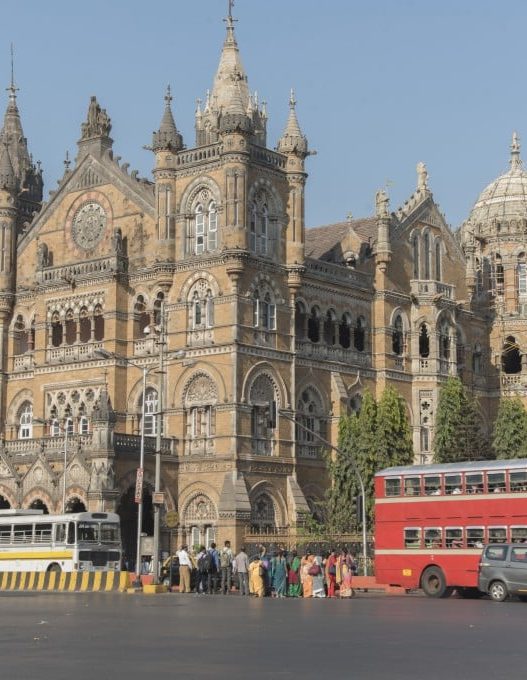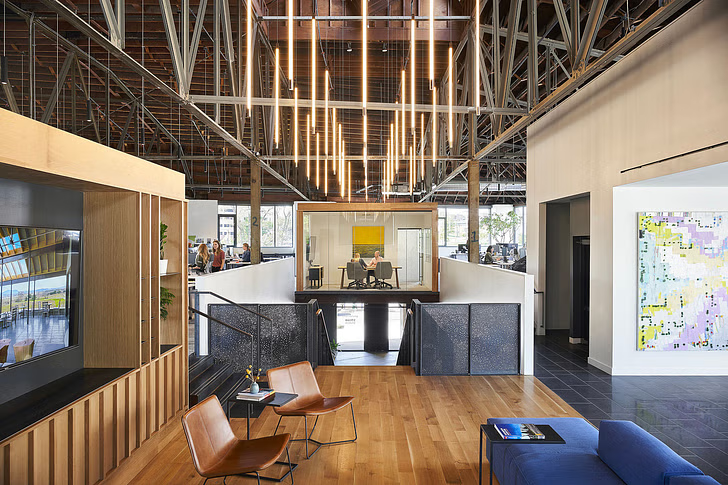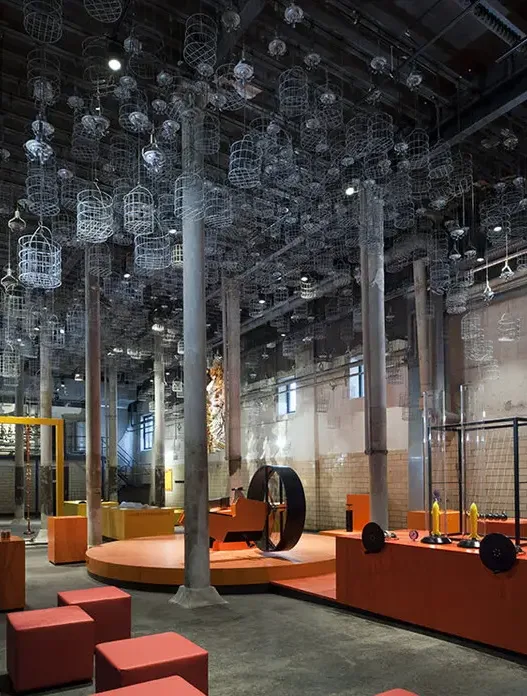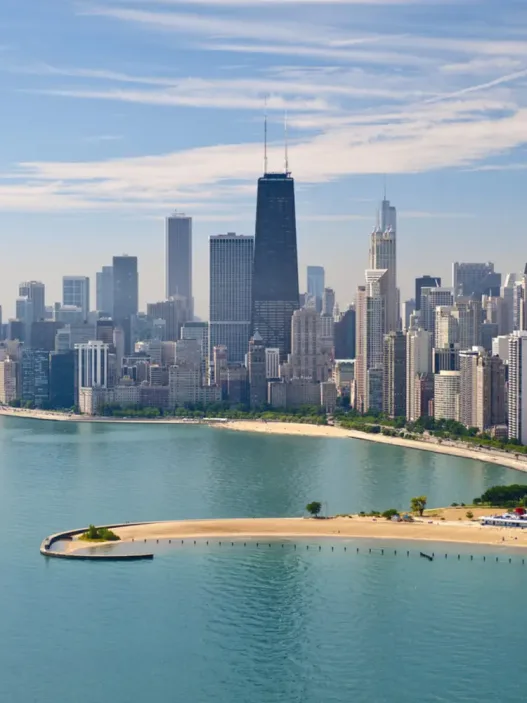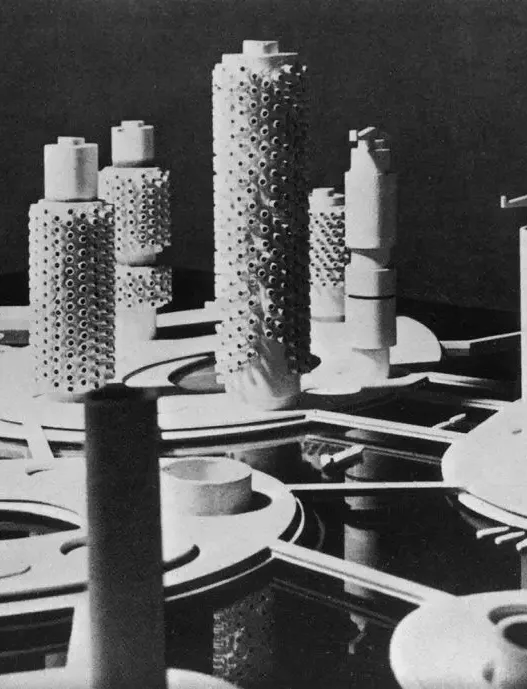Buenos Aires is a vibrant city that beautifully combines European elegance with a rich local culture. Strolling through its streets, you will encounter a tapestry of architectural styles that tell the story of the city’s past and present. From grand boulevards lined with intricate facades to charming neighbourhoods full of colourful houses, Buenos Aires’ architecture reflects its unique identity and history.
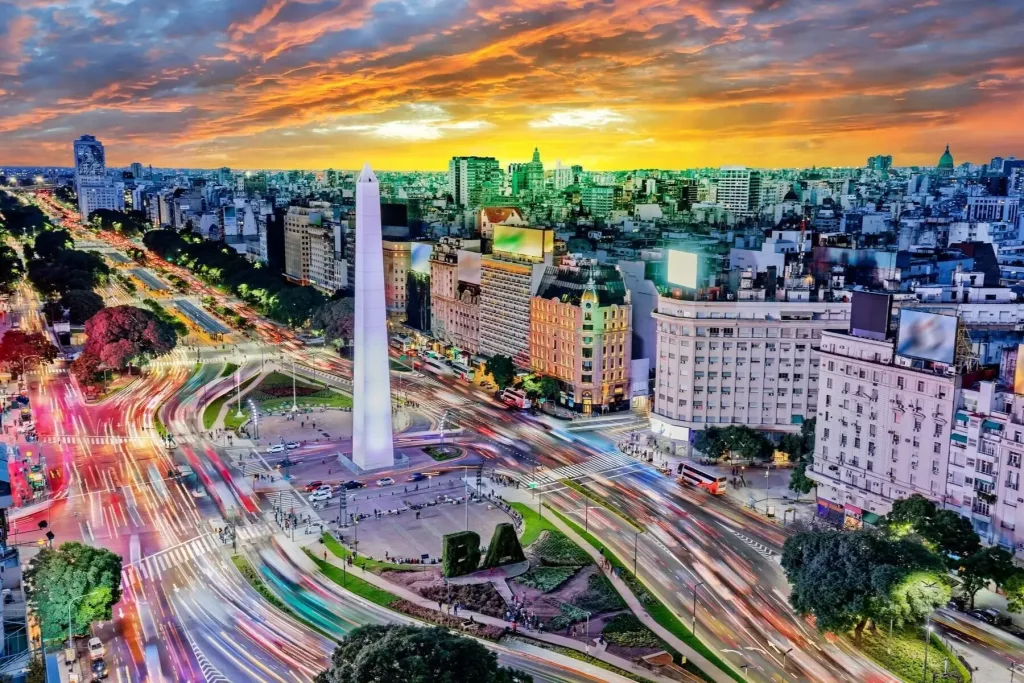
Historical Context
The architectural journey of Buenos Aires began in the early 16th century when Spanish colonisers founded the city. Initially the architecture was simple and functional, primarily influenced by Spanish colonial styles. But as the city grew and prospered in the 19th century, it became a canvas for more ambitious architectural expressions. The influx of European immigrants, especially from Italy and Spain, transformed the city’s landscape and led to an explosion of buildings utilising different styles and techniques. This historical evolution has laid the groundwork for the city’s architectural richness, making it a key player in the South American urban development narrative.
Cultural Influences
Buenos Aires is a melting pot of cultures and this diversity is vividly reflected in its architecture. The city’s buildings reflect the influences of various immigrant groups, each adding its own distinctive flavour. Italian influences are particularly evident, as seen in the ornate detailing of many buildings reminiscent of the grand palazzos of Italy. In addition, the city’s Jewish and Arab communities have also contributed different architectural elements, creating a tapestry representing Buenos Aires’ global connections. This cultural fusion not only enriches the urban environment, but also fosters a sense of identity and belonging among its inhabitants.
Overview of Architectural Styles
The architectural landscape of Buenos Aires is a remarkable mix of styles, each telling its own story. Neoclassical buildings, characterised by their massive columns and symmetrical shapes, stand alongside Art Nouveau structures with intricate, nature-inspired designs. The iconic Teatro Colón, one of the most important examples of Italian Renaissance architecture, demonstrates the city’s commitment to art and culture. The Modernist movement, on the other hand, has left its mark with sleek and functional designs that prioritise light and space. Each style contributes to the unique character of the city, making it a living museum of architectural history.
Importance of European Influence
European influence in Buenos Aires is deep and multifaceted. As waves of immigrants arrived, they brought not only their traditions but also their architectural practices. This influx has resulted in a city that feels both distinctly Latin American and undeniably European. The grandeur of buildings such as the Palacio Barolo and the elegant residences of Recoleta emphasise the city’s European aspirations. This mix of influences has created a distinctive urban identity, making Buenos Aires a city where past and present coexist in harmony. Architectural elegance is not only aesthetic; it reflects the aspirations and dreams of a city that is always looking outwards.
Modern Developments
In recent years Buenos Aires’ embrace of modern architecture has led to a dynamic interplay between old and new. Contemporary buildings such as the sleek, glass-clad Torre Galerías Pacífico contrast sharply with the historic structures that surround them. This contrast has sparked debates about conservation and innovation, reflecting the city’s ongoing evolution. Moreover, sustainable architecture is gaining traction with new projects focussing on environmentally friendly designs and urban greenery. As Buenos Aires continues to grow and change, its architecture remains a testament to its rich heritage and also points to a progressive future. The city’s commitment to nurturing both its historic and contemporary identities is what makes its architectural landscape so mesmerising.
Buenos Aires, the vibrant capital of Argentina, is a city where European architectural splendour meets the unique cultural fabric of Latin America. This fascinating mix of styles creates a rich architectural landscape that tells the story of its history, culture and the people who live in it. Walking through its neighbourhoods, you can feel echoes of European influences, intertwining with local traditions to create a city that is both familiar and distinctively Argentinian.
Iconic Architectural Landmarks
Buenos Aires’ architectural landmarks are not just buildings; they are symbols of national pride and historical significance. Each building carries a narrative that reflects the city’s evolution and cultural heritage. Exploring these iconic spaces offers a glimpse into the artistic endeavours and social movements that have shaped the identity of this bustling metropolis.
Casa Rosada
Casa Rosada, or “Pink House”, is perhaps the most recognisable building in Buenos Aires. Serving as the presidential palace, its striking pink façade is a sight to behold. Built in the late 19th century, Casa Rosada combines elements of Italian Renaissance and French Second Empire styles. Its colour is said to be derived from a mixture of lime and a traditional pigment called “Spanish pink”, chosen to symbolise the unity between the two political factions of the period.
Beyond its aesthetic appeal, Casa Rosada is steeped in political history. It has been the scene of important events, including Eva Perón’s famous speeches. Today, it serves not only as a government building, but also as a museum that invites visitors to discover its rich heritage and the stories of those who walked its halls.
El Obelisco
Standing proudly at the intersection of two major avenues, El Obelisco is another landmark of Buenos Aires. Erected to commemorate the 400th anniversary of the city’s founding, this towering monument reaches a height of many metres, making it a prominent feature on the skyline. Its sleek, modernist design contrasts with the ornate architecture found in other parts of the city, demonstrating the evolution of Argentine architecture over the decades.
El Obelisco is much more than a landmark; it is a gathering point for celebrations, protests and cultural events. Its location in the heart of the city makes it a natural focal point for locals and tourists alike and represents the dynamic and ever-evolving spirit of Buenos Aires.
Teatro Colón
Teatro Colón is recognised as one of the best opera houses in the world, not only for its acoustics but also for its breathtaking architecture. Opened in 1908, the theatre is a masterpiece of Neoclassical design, characterised by its majestic facade and rich interiors. The generous use of marble, gold leaf and intricate frescoes transports visitors into a world of artistic indulgence.
Attending a performance at Teatro Colón is a cultural experience like no other. The theatre has been home to some of the greatest operatic talent and remains a vital part of Buenos Aires’ cultural life. Its commitment to the arts reflects the city’s passion for music and performance, making it a must-visit for anyone who wants to understand the cultural heart of Buenos Aires.
Palacio Barolo
The Palacio Barolo stands as a testament to the architectural creativity of the early 20th century. Completed in 1923, it was inspired by Dante Alighieri’s “The Divine Comedy” and symbolises the journey from hell to heaven. Its eclectic style, combining elements of Neoclassical, Gothic and Art Nouveau, is a visual feast for architecture enthusiasts.
Beyond its aesthetic appeal, Palacio Barolo offers guided tours that explore its rich symbolism and the stories behind its construction. Visitors can explore its stunning roof, which offers panoramic views of the city and further enhances the experience of this architectural jewel.
National Museum of Fine Arts
The National Museum of Fine Arts is not only a sanctuary for art lovers, but also an architectural marvel in itself. Housed in a beautifully designed building, the museum showcases a vast collection of Argentine and international artworks spanning centuries. Its modernist structure harmoniously integrates with the surrounding park, creating a tranquil setting for the appreciation of art.
The museum plays an important role in promoting Argentine culture by hosting exhibitions that highlight both historical and contemporary artists. The blending of art and architecture makes the museum a vital part of Buenos Aires’ cultural landscape, inviting visitors to reflect on the country’s artistic heritage.
Ultimately, the architectural icons of Buenos Aires are more than buildings; they are the embodiment of the city’s spirit. Each building tells a story that reflects Argentina’s rich history and diverse culture. Whether you’re standing in front of Casa Rosada or gazing at the Teatro Colón, you can’t help but feel the pulse of a city that has subtly woven its European roots with a vibrant local identity. Exploring these landmarks offers a unique journey through time, revealing the art and passion that define Buenos Aires.
Buenos Aires, the vibrant capital of Argentina, is a city where European elegance meets local flair. Its streets are a tapestry of architectural styles, each telling a story of the city’s rich history and cultural evolution. From majestic neoclassical buildings to the sweeping lines of modernist designs, the architecture of Buenos Aires reflects a mix of influences that is both unique and fascinating.
Important Architectural Styles
Neoclassical Architecture
Neoclassical architecture in Buenos Aires originated in the 19th century and reflected the splendour of ancient Greece and Rome. This style is characterised by symmetry, columns and elaborate facades. Iconic buildings such as the Teatro Colón beautifully display these elements, embodying the elegance and artistry of the period. Often regarded as one of the world’s finest opera houses, the theatre features a stunning neoclassical exterior with a grand staircase and intricate detailing that attracts visitors from around the world. Neoclassical architecture in Buenos Aires not only serves aesthetic purposes, but also reflects the aspirations of a nation struggling to forge its identity in turbulent times.
Art Nouveau Elements
As the city progressed towards the late 19th and early 20th centuries, Art Nouveau began to take hold, bringing a more organic and whimsical approach to architecture. This style is characterised by flowing lines, floral motifs and decorative details that glorify nature. Buildings such as the Palacio Barolo, with its awe-inspiring intricate ironwork and stained glass, are testament to this movement. Art Nouveau art in Buenos Aires contrasts sharply with the rigid forms of neoclassicism, emphasising fluidity and creativity. As you wander through neighbourhoods like Recoleta, you’ll come across these charming buildings, each with its own personality, adding to the city’s eclectic architectural landscape.
Italian Influences
Italian architecture also left an important mark on Buenos Aires, especially in the late 19th century, when waves of Italian immigrants arrived. This style is characterised by low pitched roofs, wide eaves and ornate cornices. The city’s famous Café Tortoni, founded in 1858, is one of the best examples of this influence, blending Italian aesthetics with local culture. The café’s inviting ambience and historical significance make it a popular meeting place, demonstrating how architecture can provide a backdrop for social interaction. The Italian style in Buenos Aires reflects the cultural melting pot that the city has always had, combining traditions and creating a unique architectural identity.
Modernist Contributions
The early to mid-20th century brought modernism to Buenos Aires, marking a departure from the ornate styles of the past. Architects such as Clorindo Testa embraced simplicity and functionality, prioritising clean lines and innovative materials. The Biblioteca Nacional, with its bold geometric shapes and striking use of concrete, exemplifies this shift. Modernist architecture in Buenos Aires not only transformed the skyline, but also challenged social norms and reflected a new way of thinking about urban space. This movement paved the way for a more progressive architectural narrative that embraced change and the spirit of innovation that defines the city today.
Contemporary Architectural Trends
In recent years, Buenos Aires has witnessed a surge in contemporary architectural designs that combine sustainability with cutting-edge aesthetics. Architects are increasingly focusing on creating environmentally friendly buildings that are in harmony with their surroundings. Projects such as the Faena Art Centre showcase innovative uses of space and design that integrate art and architecture in a dialogue that enriches the cultural fabric of the city. These contemporary structures often incorporate green roofs, reused materials and smart technologies, addressing the challenges of urban living in the 21st century. The evolution of architecture in Buenos Aires continues to reflect the dynamic character of the city, which embraces its past while boldly looking to the future.
As a result, the architectural landscape of Buenos Aires is a rich tapestry woven from different styles and influences. Each era has contributed to the city’s unique identity, creating a space where history and modernity harmoniously coexist. As we explore Buenos Aires, the stories told through buildings offer a glimpse into the heart and soul of this extraordinary city.
Urban Planning and Landscape Design
Urban planning and landscape design in Buenos Aires reflects a harmonious blend of European influences and local culture. The city’s layout, green spaces and public spaces demonstrate a caring approach to urban living that aims to improve the quality of life of its residents while celebrating its rich history.
The Role of Parks and Green Spaces
In a bustling metropolis like Buenos Aires, parks and green spaces serve as vital lungs for the city, offering residents a respite from the urban hustle and bustle. The city boasts numerous parks, such as the iconic Bosques de Palermo, which spans more than 1,000 acres and features lakes, rose gardens and expansive lawns. These spaces are not only aesthetically pleasing; they also provide important recreational areas for families, runners and nature lovers.
The importance of these green spaces goes beyond leisure time utilisation. They contribute to the ecological balance of the city by improving air quality and supporting biodiversity. Community gardens and urban farms have also emerged in response to a growing awareness of sustainability, allowing local people to interact with nature and promote environmental stewardship. In a city embracing European heritage, these parks reflect a commitment to integrating nature into the urban fabric, creating a unique blend of vitality and tranquillity.
Impact of Urban Layout
The urban layout of Buenos Aires is a testament to its historical development. Designed in the 19th century, the city network is characterised by wide boulevards and diagonal avenues reminiscent of Paris. This layout not only facilitates movement, but also encourages social interaction. Avenues such as Avenida de Julio, one of the widest in the world, are lined with cafés and shops that invite pedestrians to linger and explore.
However, urban design also takes into account the practical aspects of everyday life. Mixed-use developments promote a sense of community by allowing residential, commercial and cultural spaces to coexist. Careful integration of public transport systems, including buses and the Subte (metro), is crucial to ensure that the city remains accessible and vibrant by connecting the various neighbourhoods.
Public Squares and Gathering Spaces
Public squares in Buenos Aires serve as the heart of the city as gathering places for social, cultural and political activities. The Plaza de Mayo, for example, has been the scene of historic events and demonstrations symbolising the spirit of the Argentine people. The fact that this square is surrounded by important buildings, such as the Casa Rosada, further increases its importance as a civic space.
These squares are designed to encourage social participation and interaction. They often host markets, concerts and festivals, showcasing local culture and fostering a sense of belonging. The inclusion of art installations and seating enhances the experience, inviting people to pause and appreciate their surroundings. In this way, Buenos Aires’ public squares are more than open spaces; they are vital components of the city’s cultural identity.
Impact of Transport Infrastructure
Transport infrastructure plays an important role in shaping urban life in Buenos Aires. The city’s extensive network of buses, taxis and Subte systems facilitates not only the movement of people, but also the flow of ideas and commerce. This connectivity is essential for maintaining the city’s economic vitality, allowing residents to efficiently access jobs, education and services.
However, the impact of transport goes beyond logistics alone. The design of transport hubs and stations often incorporates public art and green spaces, transforming them into vibrant social spaces. For example, Retiro station serves as an important transport hub but is also a cultural landmark with its striking architecture and surrounding parks. The emphasis on accessibility and integration with the urban landscape ensures that transport infrastructure enhances rather than detracts from the character of the city.
Protection of Historic Areas
The preservation of historic areas in Buenos Aires underlines the city’s commitment to honouring its architectural heritage. Neighbourhoods such as San Telmo and La Boca are famous for their colourful buildings and cobblestone streets, attracting locals and tourists alike. These areas reflect the city’s rich history and showcase influences ranging from Spanish colonial architecture to Italian design.
Efforts to preserve and restore these historic areas are crucial as they not only preserve the past, but also contribute to the city’s identity and economy. By promoting heritage tourism and supporting local artisans, Buenos Aires ensures that its history remains alive and relevant. The balance between modernisation and conservation is a delicate one, but necessary to promote a city that respects its roots while embracing the future.
In summary, the urban planning and landscape design of Buenos Aires exemplifies a careful integration of green spaces, transport and historic preservation. This unique mix creates a vibrant urban environment that reflects both European elegance and diverse local flair, making it a fascinating city to explore and experience.
Cultural Importance of Architecture
Architecture in Buenos Aires is not just about buildings; it is a profound expression of the city’s identity. The architectural landscape of this vibrant metropolis tells a story of its rich history, cultural diversity and artistic evolution. From grand European-inspired structures to innovative modern designs, each building contributes to the unique character of Buenos Aires, making architecture a vital part of the city’s cultural fabric.
Architecture as Identity
In Buenos Aires, architecture serves as a canvas reflecting the city’s identity and aspirations. The mix of styles, from neoclassical to art deco and contemporary, shows the historical influences of European immigration and local traditions. Landmarks such as the Teatro Colón and Casa Rosada reflect the ambition and elegance of the city, while neighbourhoods such as San Telmo display colonial features intertwined with modern life. This architectural diversity not only honours the past, but also shapes the city’s future and creates a sense of belonging among its residents. The buildings stand as symbols of pride, representing the collective memory and cultural heritage that defines Buenos Aires.
Festivals and Events Celebrating Architecture
Buenos Aires hosts numerous festivals and events that celebrate its architectural heritage and bring together both locals and tourists. One of the most important of these is “Open House Buenos Aires”, where various buildings that are usually closed to public access open their doors to visitors. This event promotes a greater appreciation of the city’s architectural treasures and encourages dialogue on conservation and urban planning issues. Furthermore, the “Festival Internacional de Arquitectura” includes exhibitions, talks and workshops that engage both professionals and the public in discussions on contemporary architecture. These celebrations not only emphasise the importance of architecture, but also stimulate community spirit as people connect with their surroundings through shared experiences.
Impact on Local Arts and Literature
The architectural landscape of Buenos Aires has a profound influence on art and literature, providing endless inspiration for artists and writers. The splendour of the buildings often serves as a backdrop for novels and poems, capturing the essence of the city’s spirit. The works of writers such as Jorge Luis Borges, for example, reflect the labyrinthine streets and the juxtaposition of old and new architecture, inviting readers to explore deeper meanings. Artists, too, are inspired by the city’s buildings, transforming the interplay of light and shadow into visual masterpieces. Galleries often exhibit works that interpret the city’s unique architectural elements, creating a dialogue between various art forms and the built environment.
Study Architecture in Buenos Aires
Buenos Aires is home to prestigious institutions that train the next generation of architects. Schools such as Universidad de Buenos Aires offer comprehensive programmes that blend theoretical knowledge with practical experience. Students take part in projects that emphasise sustainability and cultural sensitivity, preparing them to address contemporary urban challenges. The curriculum often includes site visits to historic buildings and modern developments, fostering a deep appreciation for the city’s architectural diversity. By encouraging creativity and critical thinking, these educational programmes play an important role in shaping the future of architecture in Buenos Aires, ensuring that the city continues to thrive while honouring its rich heritage.
Community Engagement and Architecture
Community participation is fundamental to the architectural landscape of Buenos Aires. Local organisations and initiatives work to involve residents in discussions on urban development and conservation. Workshops and forums provide platforms for citizens to voice their views on proposed projects, fostering a sense of ownership and responsibility for their environment. Programmes aimed at revitalising neglected neighbourhoods demonstrate the power of architecture to transform lives and spaces. For example, the Buenos Aires Urban Lab encourages collaborative design processes, enabling community members to contribute to the planning of public spaces. This participation not only improves the physical environment, but also strengthens social ties, creating a more vibrant and dynamic city.
As a result, the cultural significance of architecture in Buenos Aires is multifaceted, intertwining identity, celebration, art, education and community engagement. The city’s buildings are more than just structures; they are living witnesses to a rich heritage and a bright future, inviting everyone to discover, appreciate and participate in the ongoing narrative of Buenos Aires.
The Future of Buenos Aires Architecture
The architectural landscape of Buenos Aires is a vibrant tapestry woven from European influences and local traditions. As this city looks towards the future, its architectural evolution continues to reflect its cultural richness while addressing contemporary challenges and aspirations. The future of architecture in Buenos Aires is not only about aesthetics, but also about sustainability, innovation and the resilience of urban spaces in a rapidly changing world.
Sustainable Architecture Initiatives
In recent years, Buenos Aires has increasingly embraced sustainable architecture as a response to global environmental issues. Initiatives aimed at reducing carbon footprints and promoting environmentally friendly designs have gained momentum. An important example is the city’s green building regulations, which encourage the use of energy-efficient systems and sustainable materials in new construction. Architects are now exploring innovative designs that harmonise with the environment, such as green roofs and vertical gardens. These initiatives not only enhance the beauty of the city, but also improve air quality and reduce urban heat. Projects such as the Ecological Reserve at Costanera Sur show how urban areas can be revitalised with nature in mind, offering residents and visitors the chance to interact with the environment in a meaningful way.
Innovations in Building Technology
The future of architecture in Buenos Aires is also being shaped by advances in building technology. Innovations such as prefabrication and smart building systems are transforming the way buildings are designed and constructed. These technologies allow for faster construction processes and efficient use of materials, which can significantly reduce waste. For example, the use of 3D printing in architecture is beginning to take hold in Buenos Aires, allowing for unique designs that were once considered impractical or too costly. In addition, the integration of smart technology is becoming commonplace, with buildings incorporating systems that optimise energy use and improve occupant comfort. This change not only improves the functionality of buildings, but also aligns with the city’s sustainability and efficiency goals.
Challenges of Urban Development
Despite the promising trajectory of architectural innovation, Buenos Aires faces several challenges in its urban development. Rapid population growth and urbanisation have put enormous pressure on infrastructure, leading to problems such as traffic congestion and inadequate public services. Moreover, socio-economic inequalities in the city pose a challenge for equitable development. Many neighbourhoods lack access to the amenities and resources enjoyed by more affluent areas, highlighting the need for inclusive urban planning. Meeting these challenges requires a collaborative approach that integrates the voices of different communities into the planning process to ensure that all residents benefit from the city’s growth and transformation.
Vision for Future Cityscapes
Looking to the future, the vision for Buenos Aires involves creating cityscapes that balance tradition and modernity. Planners and architects are increasingly focussing on public spaces that encourage social interaction and cultural expression. Initiatives such as revitalising coastal areas and improving public transport systems are crucial in reshaping how residents experience the city. The importance of pedestrian-friendly environments where vibrant plazas and parks serve as social hubs is increasingly recognised. This vision emphasises not only the aesthetic appeal of the city, but also its functionality as a place where people can connect, interact and thrive.
The Role of Globalisation in Vernacular Architecture
Globalisation has played an important role in influencing the architectural landscape of Buenos Aires. As the city becomes more connected to the global community, it embraces a variety of architectural styles and ideas. This cultural exchange enriches local architecture and enables creative collaborations between local architects and international designers. However, this blending of styles also raises questions of identity and authenticity. As Buenos Aires embraces new influences, it is vital to preserve the essence of its unique character. The challenge lies in integrating global trends with local traditions, ensuring that architectural evolution reflects both the city’s rich heritage and its aspirations for the future.
Ultimately, the future of architecture in Buenos Aires is a dynamic interplay of sustainability, innovation and cultural identity. As the city navigates the complexities of urban development, it remains committed to creating spaces that are not only beautiful, but also liveable and inclusive. Buenos Aires’ architectural journey continues to evolve, promising a future that honours its past while embracing the possibilities of tomorrow.
Discover more from Dök Architecture
Subscribe to get the latest posts sent to your email.



